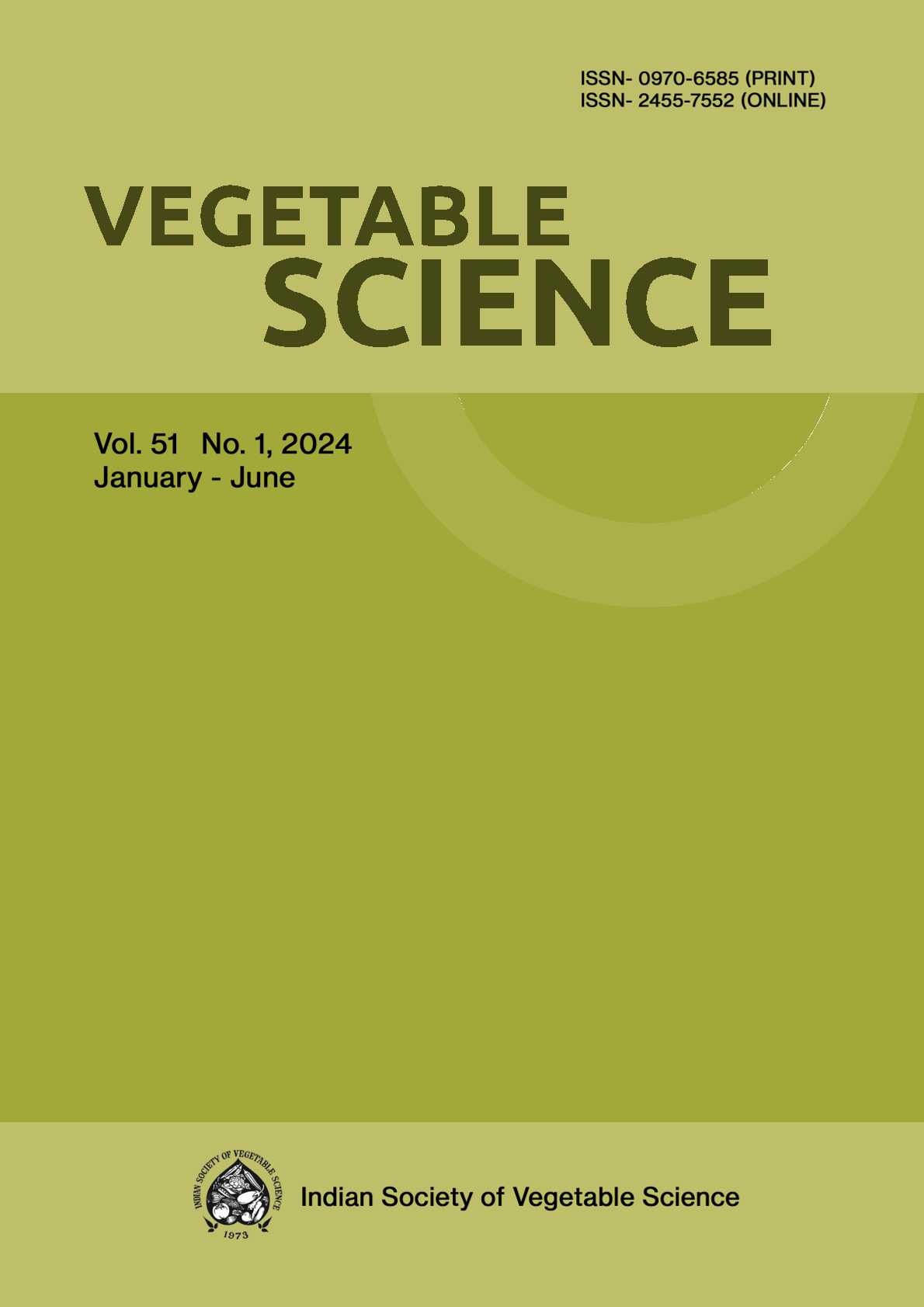Genetic analysis for quality and nutritional traits in tomato under low temperature regime
DOI:
https://doi.org/10.61180/Abstract
Tomato has become a popular vegetable during recent years due to its high nutritional value, processing traits and scope for value added products. In developed countries it is commonly consumed fresh; over 80% of the tomato consumption comes from processed products such as juice, paste, puree, ketchup and sauce. It contributes significantly to the dietary intake of vitamins A and C as well as essential minerals and other nutrients. Tomato is an important source of lipid-soluble antioxidants in the human diet because of their relatively high content of carotenoids. The presence of lycopene in plasma has been related to a reduction in the risk of prostate cancer. Other carotenoids present in ripe tomato fruits include -carotene and small amounts of phytoene, phytofluene, -carotene, -carotene, neorosporene and lutein (Khachik et al., 2002).The knowledge of the nature and magnitude of gene effects controlling inheritance of characters related to productivity would aid in the choice of efficient breeding methods and thus accelerate the pace of its genetic improvement and also breaking the yield barriers. Breeding methods selected in the absence of such knowledge may not result in appreciable improvement. Considering the importance of such information, an experiment was conducted to understand the predominant gene effects governing various fruit quality and nutritional traits in tomato.
Downloads
Published
Issue
Section
License

This work is licensed under a Creative Commons Attribution-NonCommercial-NoDerivatives 4.0 International License.






